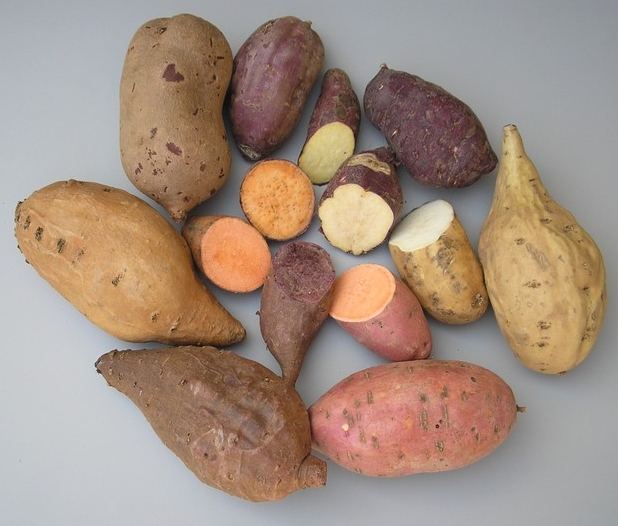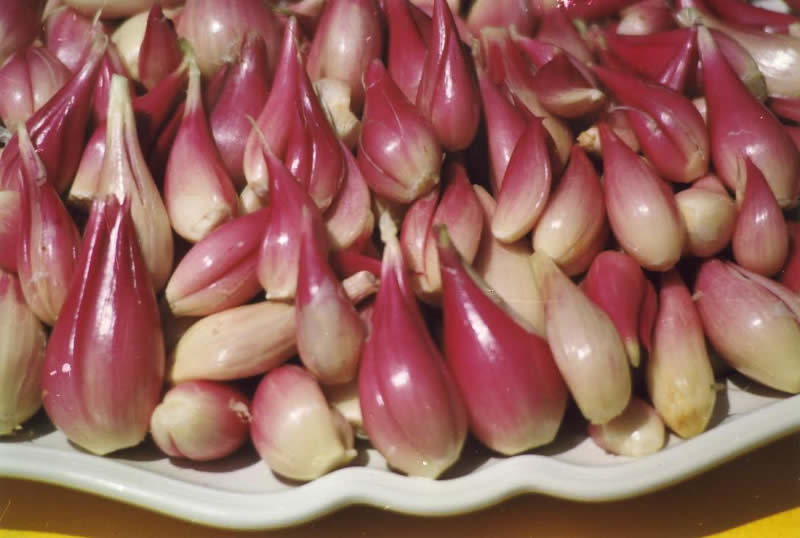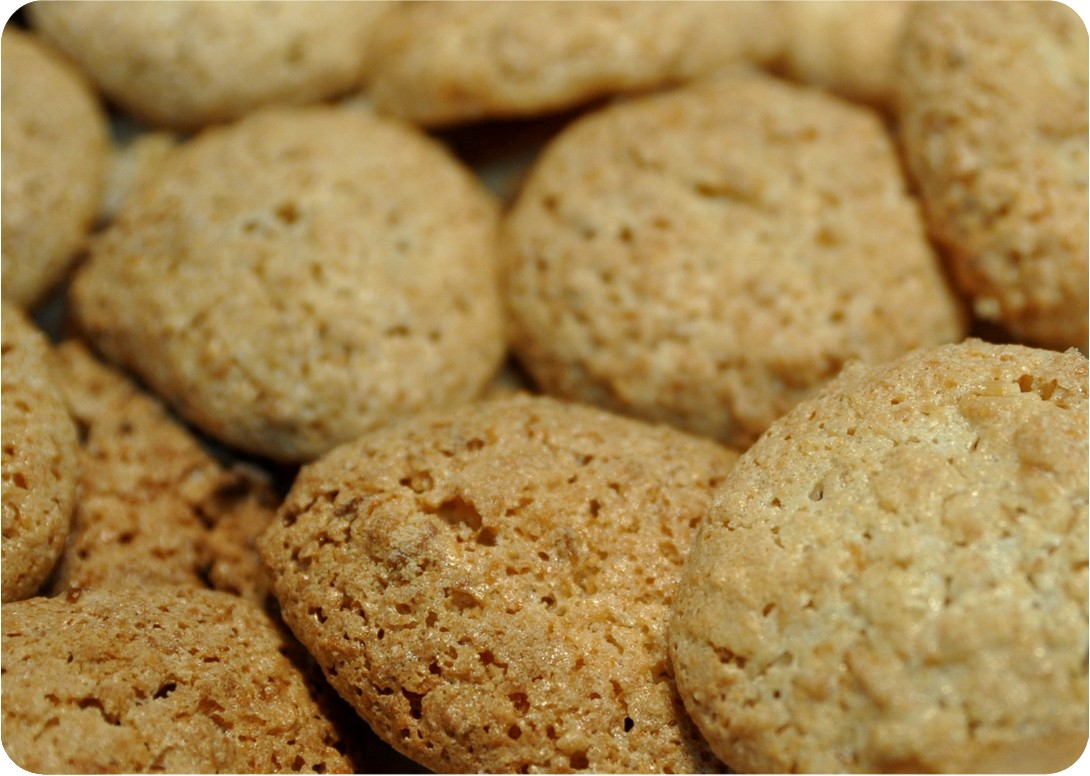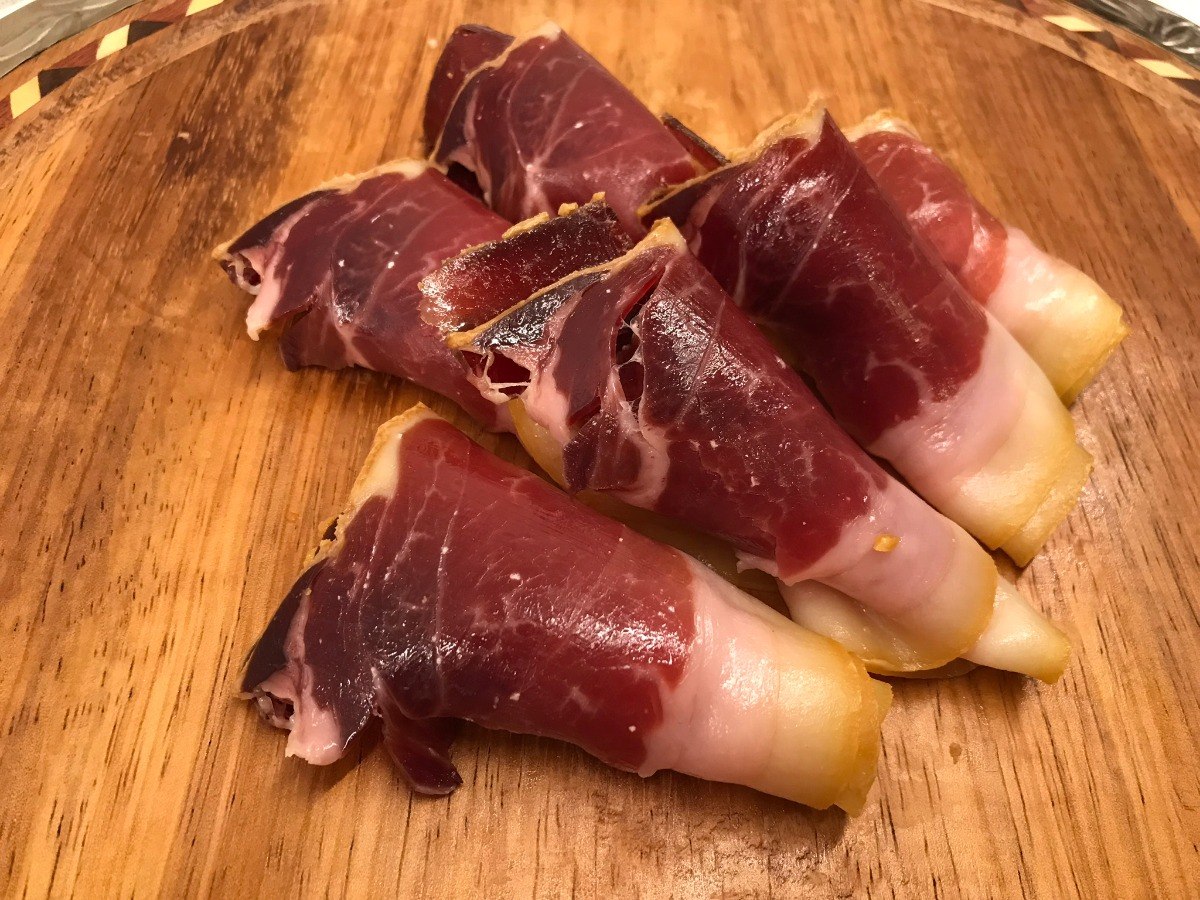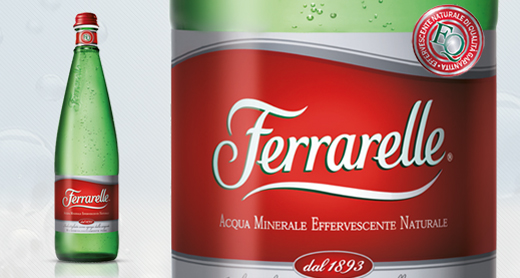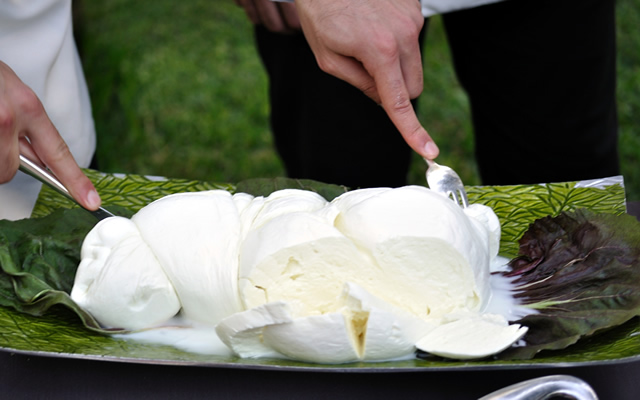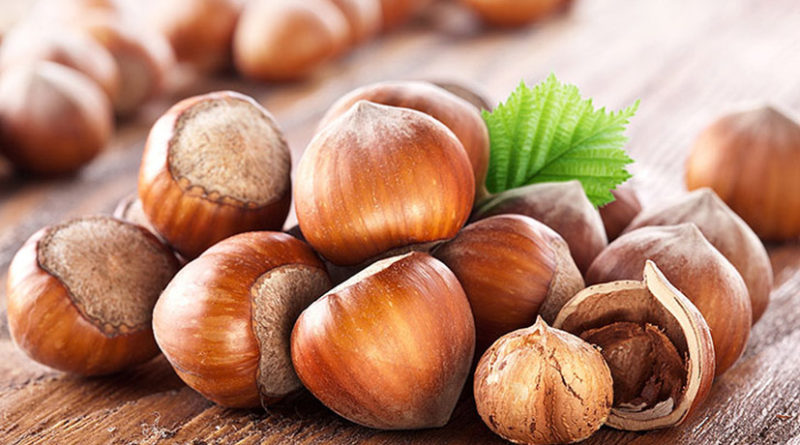Kūmara (sweet potato) has a long history of cultivation in New Zealand.
It was brought here over one thousand years ago from the Pacific islands by early Maori settlers. This bush had much smaller tubers and was widely grown, especially in the semi-tropical regions of the North Island. Pre-European Maori managed kūmara-growing with great skill. They grew several different varieties of ‘bush’ kūmara, which, compared to the varieties we eat today, were very small in size, being no bigger than a finger.
Modern kūmara grows on a creeping vine and evolved from a larger American variety with bigger tubers and better taste which was imported in the early 1850s. The majority of kūmara is grown in Northland in the Northern Wairoa region where soil type and climatic conditions suit it perfectly.There are different varieties of kūmara, however, only three main varieties are commercially available in New Zealand. The most common is the red-skinned, Owairaka Red, which has a creamy white flesh and is sold as Red; gold kūmara, sometimes sold as Toka Toka Gold, has a golden skin and flesh, and a sweeter taste than red; orange kūmara, sometimes sold as Beauregard, has a rich orange flesh and is sweeter than both red and gold. Beauregard kūmara can be used instead of yams in North American recipes.
